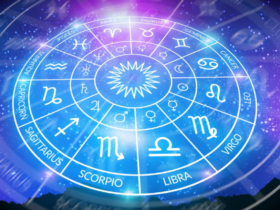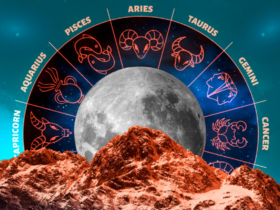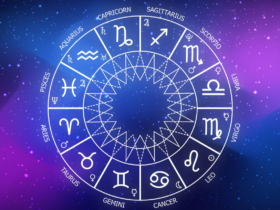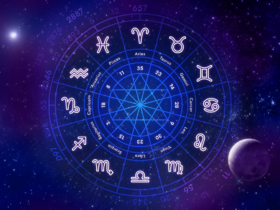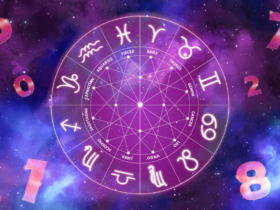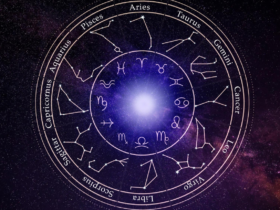Tarot cards have long captivated individuals with their mystique, symbolism, and the promise of unlocking hidden truths. For beginners venturing into the world of Tarot, understanding the layout or spread of the cards and their subsequent interpretation can be both intriguing and daunting. Here’s a beginner’s guide to Tarot spreads, demystifying the layouts and readings.
Introduction to Tarot Spreads
Tarot spreads refer to the arrangement of cards drawn during a reading. Each layout serves a unique purpose, guiding the reader to explore different aspects of the querent’s (the person receiving the reading) life or inquiries.
Popular Tarot Spreads for Beginners
The Three-Card Spread: This uncomplicated spread involves drawing three cards representing the past, present, and future. It offers a concise overview of a situation and aids in understanding the trajectory of events.
The Celtic Cross: More complex, the Celtic Cross involves ten cards and provides a detailed analysis of a situation. Each card placement signifies different aspects, such as the present, immediate influences, hopes or fears, and potential outcomes.
The One-Card Draw: Ideal for quick insights, this spread involves drawing a single card, focusing on a specific question or concern. It encourages simplicity and intuitive interpretation.
Related: The Zodiac as Characters: Personifying Astrological Signs in Fiction and Folklore
Speak to a live horoscope expert. Find clarity, connection and a path forward.
CLICK HERE AND START YOUR READING!The Relationship Spread: Geared toward inquiries about relationships, this spread often comprises a series of cards arranged to delve into the dynamics between two individuals, shedding light on strengths, weaknesses, and potential outcomes.
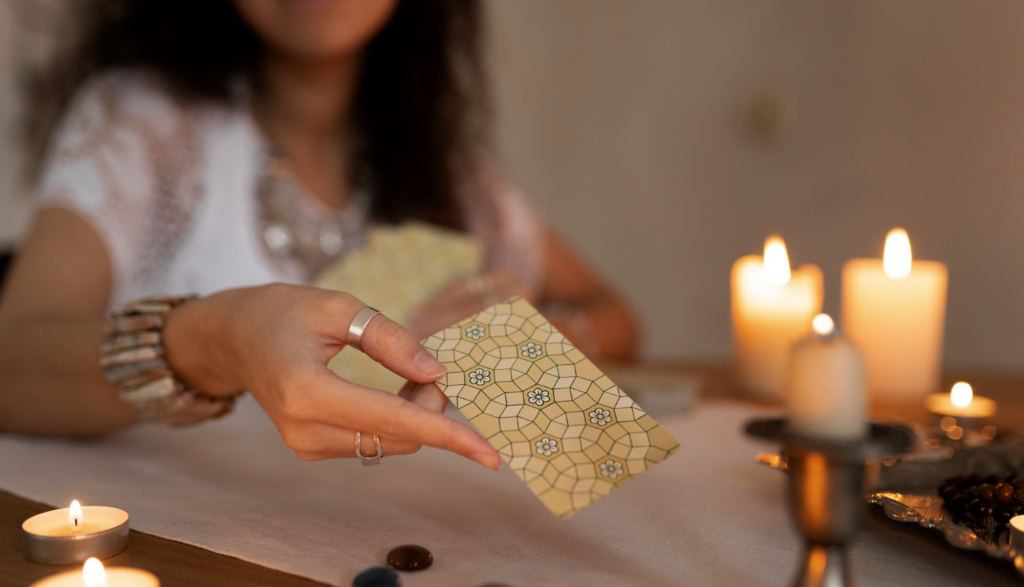
Understanding Tarot Layouts
Interpreting a Tarot spread involves understanding both individual card meanings and their interactions within the chosen layout. Each card holds its symbolism, contributing to the overall narrative conveyed by the spread. Factors to consider include:
Card Positions: The specific placement of cards within a spread imparts significance. For instance, the first card often represents the current situation, while the last might indicate the outcome or advice.
Card Combinations: Pay attention to how cards interact. Cards placed next to each other or stacked on top can modify or intensify their meanings, influencing the reading as a whole.
Intuition and Context: Beyond traditional interpretations, trust your intuition and consider the context of the querent’s query or situation. This personal touch adds depth and relevance to the reading.
Related: Beyond Sun Signs: Exploring Compatibility Through Moon, Rising, and Venus Signs
Tips for Beginners
Start Small: Begin with simple spreads to grasp the basics before exploring more intricate layouts.
Study and Practice: Dedicate time to learning the meanings of individual cards while regularly practicing readings to enhance your skills.
Trust Your Intuition: Tarot is not just about rote memorization; it’s also about intuition and personal connection. Trust your instincts while interpreting the cards.
Tarot spreads serve as a roadmap, guiding beginners through the intricate landscape of divination. By understanding layouts and readings, one can embark on a journey of self-discovery, insight, and spiritual growth. Remember, the true power of Tarot lies not just in the cards, but in the interpretation and connection between the reader, the querent



